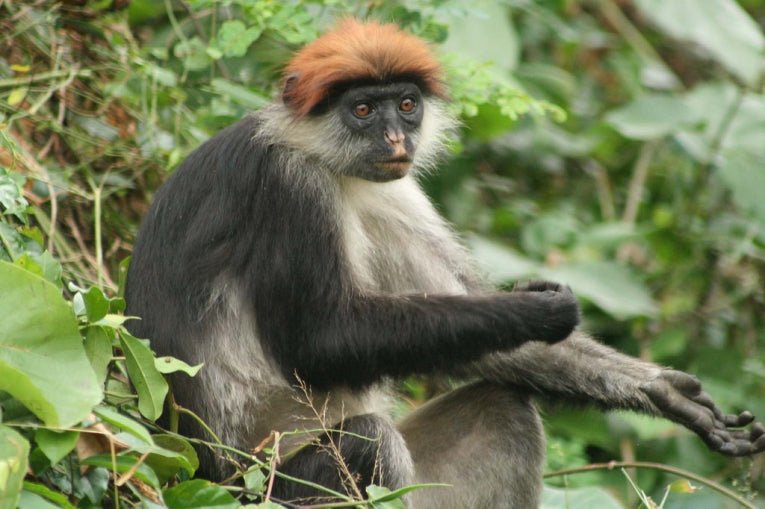We all of us care. It's just that most don't care enough. Tropical forests of the world have largely disappeared, leaving us with a paucity of species as an excuse for biodiversity. The final refuges for habitats and their threatened organisms are protected, but by what and for how long?
This data set published today is a unique description of how 31 functional species groups and 21 environmental agents of change have affected 60 protected areas over up to 30 years. An achievement that hundreds or authors have reached throughout their life's work. Tremendous stuff, published in Nature (Letters) yesterday.
With as rich an ecosystem as the tropical forest, human influence has been restricted with these 60 protected areas and many more (approximately 16,038!). Another pervasive influence is the sheer lack of numbers and hence diversity within each species of animal or plant.
The long term changes of this study are probably the only way currently to probe how the ecology is functioning. With an average of 20 years experience each, the researchers involved assessed abundance of plant and animal "guilds" in 36 countries, worldwide.
One of the first findings was that 5 groups were more abundant in these reserved areas. Pioneer and generalist tree species, lianas and vines and invasive organisms of all types naturally succeeded in the reserves. Even more sadly, the less vulnerable groups such as most primates, some insectivorous and large, fruit-eating birds and raptors, the venomous snakes and tree-cavity inhabitants, along with migratory species were suffering, even under protection.
The shocking news is the apex predators, non-predatory vertebrates, stream-dwelling and terrestrial amphibians and large reptiles and non-venomous snakes and lizards, freshwater fish, many trees and epiphytes all emerged as extremely sensitive.

Apex predators such as the jaguar are under threat from human activity, even in protected tropical forest areas - Jaguar image; Credit: © Shutterstock
Outside of reserves, the huge influences on these terrible declines in so many vulnerable species seem to be the ecological effects of automobile traffic, declining forest cover, fires and logging. The figure above illustrates all of the factors responsible. The reserves themselves suffered internally the most from hunting, logging and various harvesting of forest products, all on the increase.
The degradation of the environments around reserves has increased their isolation and caused area and edge effects that hit biodiversity hard. A large reserve is therefore preferable to a small one, even though that argument doesn't hold up statistically for these protected areas. Their health depends on local threats, changing the composition of communities to a large degree, basically eroding our genetic heritage.
Without strong protection of diversity among tigers, trees and terrapins, these studies are pie in the sky. Real animals and plants must be shown to be essential for not only tourism, but also the future of any natural landscape and community within that area. Low impact is perhaps the key here, with an emphasis on lowering it even further, until we can live with our consciences. Giant buffer zones and careful land use, substantial connectivity for access by many differing species and perhaps emotionally, a love of forest, can kindle a protest that could yet save so much. We do care?










